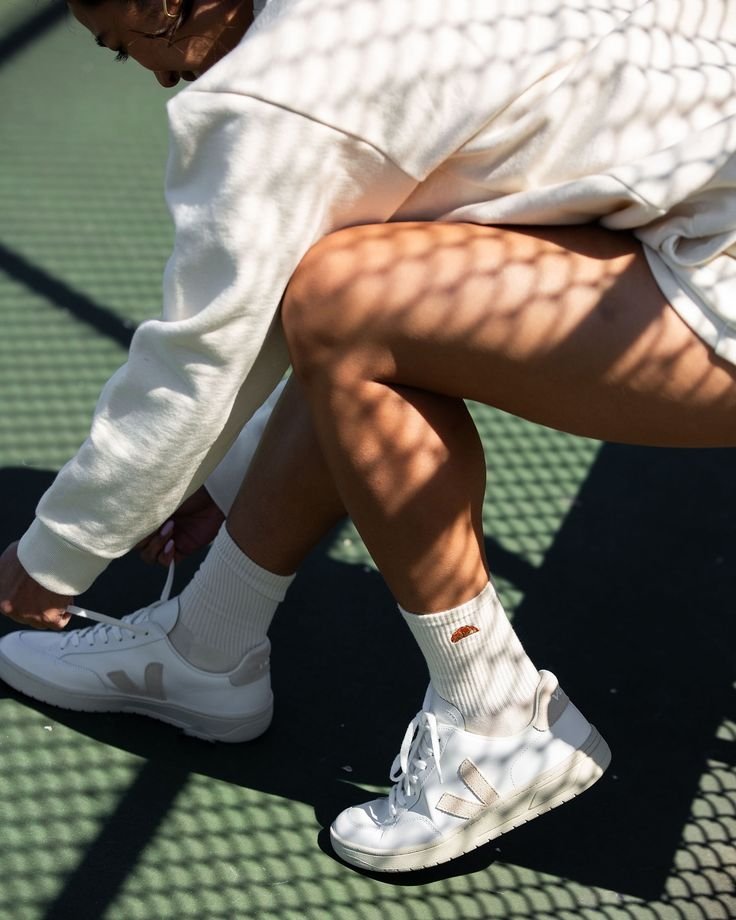
When it comes to socks, not all are created equal. Hiking socks and gym socks are designed with very different purposes in mind.
Hiking socks focus on long-distance comfort and durability. They often use materials like Merino wool, which is soft, moisture-wicking, and odor-resistant, making them perfect for rugged trails. Gym socks, on the other hand, are all about keeping your feet cool and dry during high-intensity workouts.
These breathable socks are lightweight and flexible, giving your feet the freedom to move with ease. Choosing the right pair depends on what your feet need most.
Key Takeaways
- Hiking socks are made for comfort and strength on tough trails. They use fabrics like Merino wool to keep feet warm and dry.
- Gym socks focus on being breathable and stretchy, great for hard workouts. They often have materials that pull sweat away to keep feet cool.
- Buying good hiking socks can stop blisters and give support on long hikes. Look for strong heels and toes for extra safety.
- Pick gym socks for indoor sports like running or lifting weights. Their light design helps quick moves and avoids rubbing.
- Always match your socks to what you’re doing. Hiking socks are best for outdoor trips, while gym socks work well for exercise.
How Do Materials and Design Affect Sock Breathability?
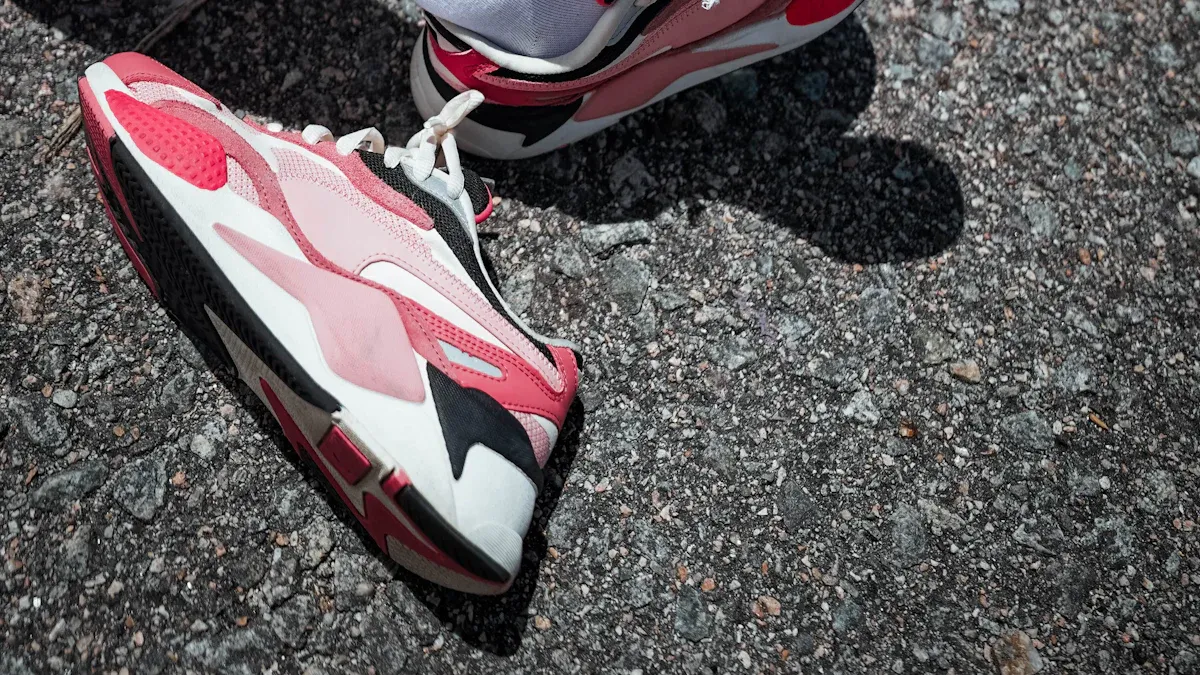
Hiking Socks: Built for Rugged Comfort
When you’re out on the trail, your socks need to handle everything nature throws at them. Hiking socks are designed with durability and comfort in mind, making them perfect for long-distance adventures. They often feature materials like Merino wool, which is known for its insulating and moisture-wicking properties. This means your feet stay warm in cold weather and dry when you’re sweating. Plus, Merino wool is naturally odor-resistant, so you won’t have to worry about smelly feet after a long hike.
The design of hiking socks focuses on providing extra support and protection. You’ll find reinforced heels and toes to prevent wear and tear, as well as strategic padding to cushion your feet on rough terrain. Some brands even include targeted compression zones to improve blood flow and reduce fatigue during long treks. Here’s a quick look at the materials and features that make hiking socks stand out:
| Material Type | Benefits | Design Features |
|---|---|---|
| Wool (Merino) | Insulating, moisture-wicking, keeps feet warm and dry | Reinforced heels and toes, strategic padding |
| Synthetic Blends | Moisture-wicking, durable, ideal for athletic activities | Targeted compression, additional cushioning |
| Cold Weather Socks | Provides additional cushioning and protection in cold conditions | Reinforced seams, thermal insulation features |
Hiking socks are built to last. For example, brands like Darn Tough and Wigwam have been tested to withstand hundreds of miles of rugged use. Check out this chart showing how durable some popular hiking sock models are:
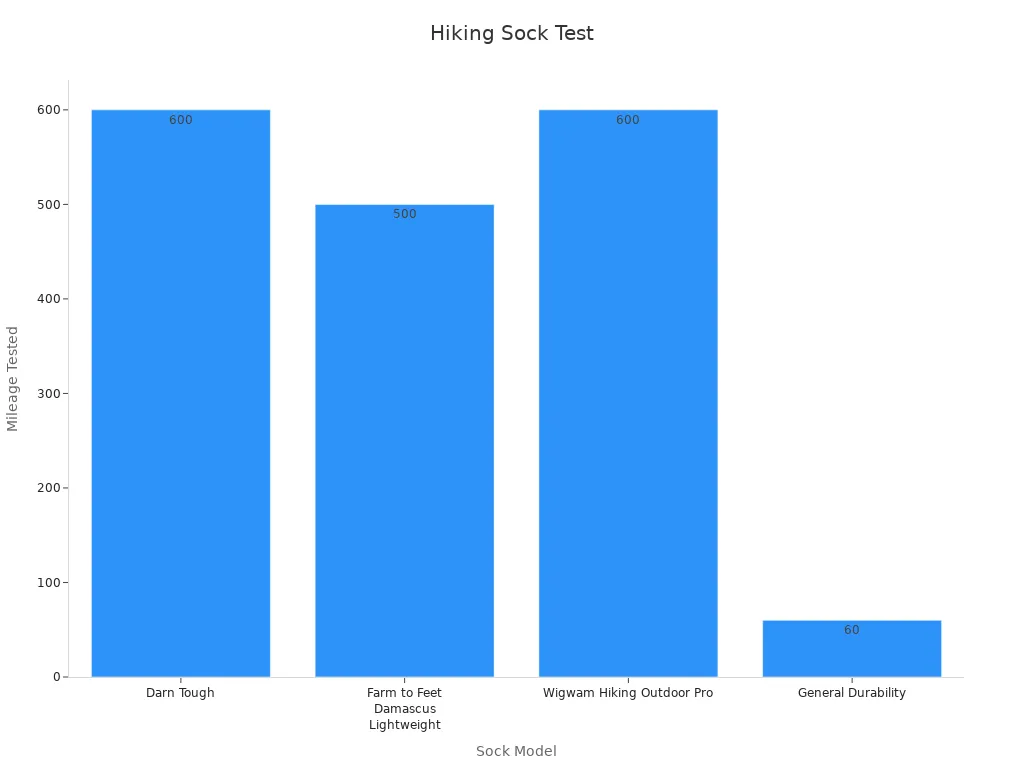
If you’re planning a hike, investing in high-quality hiking socks can make all the difference. They keep your feet comfortable and protected, even on the toughest trails.
Gym Socks: Lightweight and Breathable Socks
Gym socks, on the other hand, are all about keeping your feet cool and comfortable during workouts. These breathable socks are typically made from synthetic blends like polyester and cotton, which wick moisture away from your skin. This helps reduce sweat and prevents odors, so your feet feel fresh even after an intense session at the gym.
The design of gym socks prioritizes flexibility and ventilation. Many feature seamless construction to reduce friction and prevent blisters. You’ll also find ventilation zones that allow air to circulate, keeping your feet cool. Some gym socks, like those from Champion, even use advanced technologies like C Vapor to adapt to your body temperature and enhance moisture-wicking. Here’s a breakdown of what makes gym socks ideal for high-intensity activities:
- Lightweight materials ensure they don’t feel bulky in your sneakers.
- Ventilation zones improve airflow, making them great for running and gym workouts.
- Advanced moisture-wicking technology keeps your feet dry and comfortable.
Gym socks are perfect for activities that require quick movements and flexibility. Whether you’re lifting weights, running on a treadmill, or doing yoga, these socks provide the support and breathability you need to perform your best.
How Do Breathable Socks Improve Comfort and Athletic Performance?
Hiking Socks: Cushioning and Blister Prevention
When you’re hiking, your feet take a beating. That’s why hiking socks are designed to cushion every step and protect your skin from blisters. These socks often feature thick padding in key areas like the heel and ball of the foot. This extra cushioning absorbs impact and reduces pressure, making long treks much more comfortable.
Blisters are a hiker’s worst enemy, but hiking socks have your back. Studies show that wearing a thick wool sock over a polyester liner can significantly reduce the chance of blisters. The double-sock strategy not only keeps your feet warm but also prevents friction that causes blisters. Plus, keeping your socks dry is crucial. Wet socks increase the risk of blisters, so hiking socks use moisture-wicking materials like Merino wool to keep your feet dry and happy.
Some hiking socks even use advanced materials like closed-cell neoprene rubber. This material reduces pressure and shear force, which helps prevent blisters on long hikes. Whether you’re tackling rocky trails or steep inclines, hiking socks provide the comfort and protection you need to keep going.
Gym Socks: Flexibility and Sweat Absorption
In the gym, your feet need to move freely and stay dry. Gym socks are all about flexibility and sweat absorption. These lightweight socks are made from materials like polyester and cotton, which wick moisture away from your skin. This keeps your feet dry and reduces the chance of odors, even during intense workouts.
The design of gym socks focuses on giving you maximum mobility. Many feature seamless construction to prevent irritation and allow your feet to move naturally. Ventilation zones are another key feature. They improve airflow, keeping your feet cool and comfortable. If you’re looking for breathable socks that can handle high-intensity activities, gym socks are the way to go.
Whether you’re running, lifting weights, or doing yoga, gym socks provide the flexibility and sweat control you need. They let you focus on your workout without worrying about discomfort or damp feet.
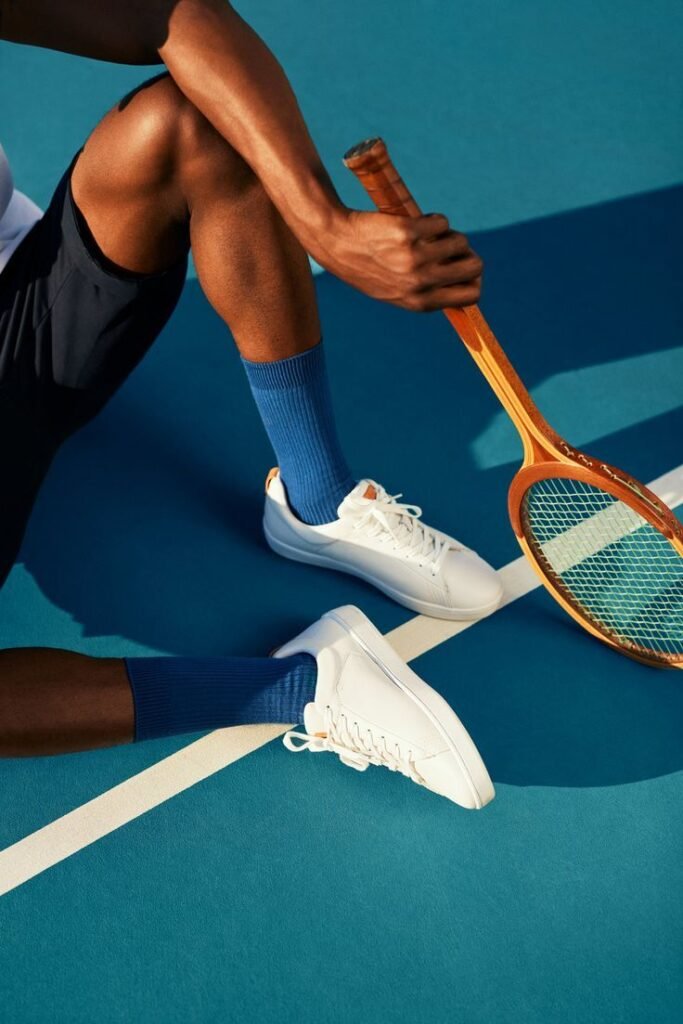
Are Breathable Socks Durable Enough for Long-Term Use?
Hiking Socks: Reinforced for Tough Conditions
Hiking socks are built to last. When you’re out on rugged trails, you need socks that can handle the challenge. These socks are designed with reinforced construction in high-wear areas like the heel and toe. This extra durability ensures they can withstand the constant friction and pressure of hiking boots. Brands like Darn Tough and Smartwool are known for their long-lasting designs.
Take a look at how these brands enhance durability:
| Brand | Feature | Description |
|---|---|---|
| Darn Tough | Reinforced Construction | Extra layers in high-wear areas extend the lifespan of the socks. |
| Darn Tough | Sock Thickness and Cushioning | Various thicknesses add durability for intense activities like hiking. |
| Smartwool | Nylon Reinforcements | Nylon in high-stress areas prevents wear and tear. |
| Smartwool | Seamless Construction | Reduces friction, lowering the risk of blisters and increasing durability. |
Hiking socks also use moisture-wicking materials like Merino wool to keep your feet dry. This prevents the fibers from breaking down due to sweat. Some even dry quickly, so you can wash them on the go without worrying about damage. If you’re planning long hikes, investing in durable hiking socks is a smart move. They’ll keep your feet comfortable and protected for miles.
Gym Socks: Designed for Short-Term Use
Gym socks, on the other hand, focus more on performance than longevity. These socks are lightweight and breathable, which makes them perfect for short, high-intensity workouts. However, they aren’t built to endure the same level of wear and tear as hiking socks.
Most gym socks use synthetic blends like polyester and cotton. These materials are great for wicking away sweat and keeping your feet cool, but they don’t offer the same level of reinforcement. While gym socks are ideal for activities like running or weightlifting, they may wear out faster if used for rugged outdoor activities.
If you’re looking for socks that can handle quick movements and provide flexibility, gym socks are a great choice. Just keep in mind that they’re designed for short-term use, so they might not last as long as hiking socks in tough conditions.
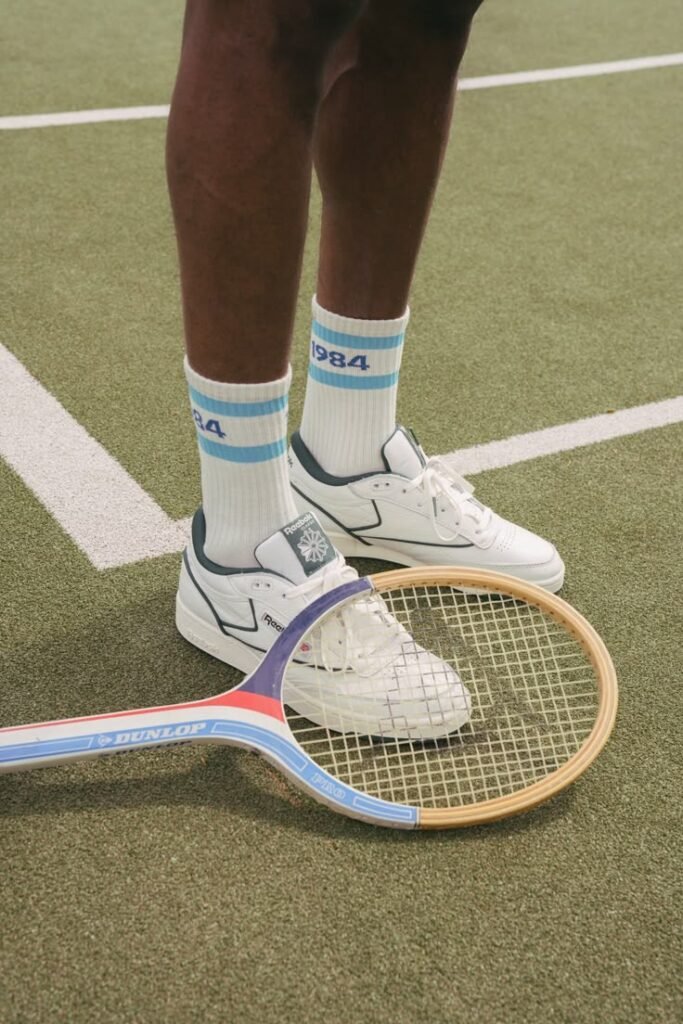
Which Breathable Socks Work Best for Different Activities?
When Hiking Socks Are the Best Choice
If you’re planning an outdoor adventure, hiking socks are your best friend. These socks are specifically designed to handle the challenges of rugged terrains and unpredictable weather. Whether you’re trekking through rocky trails, climbing steep inclines, or camping in cold conditions, hiking socks provide the support and protection your feet need.
Here are some scenarios where hiking socks shine:
- Long-Distance Hikes: The extra cushioning and moisture-wicking materials keep your feet comfortable and dry, even after miles of walking.
- Cold Weather Adventures: Hiking socks made with Merino wool offer insulation to keep your feet warm in chilly temperatures.
- Rough Terrain: Reinforced heels and toes protect your feet from blisters and abrasions caused by uneven surfaces.
Pro Tip: Pair your hiking socks with well-fitted boots for maximum comfort and blister prevention.
Hiking socks are also a great choice if you’re carrying a heavy backpack. The added padding reduces the impact on your feet, helping you stay comfortable throughout your journey. So, if you’re heading outdoors for an extended period, don’t leave home without them.
When Gym Socks Are the Better Option
For indoor workouts or quick outdoor runs, gym socks are the way to go. These lightweight and breathable socks are designed to keep your feet cool and comfortable during high-intensity activities. If you’re hitting the treadmill, lifting weights, or practicing yoga, gym socks provide the flexibility and sweat control you need.
Here’s when gym socks work best:
- Cardio Workouts: Their moisture-wicking properties help keep your feet dry, even during intense sessions.
- Strength Training: The seamless design prevents irritation, allowing you to focus on your form.
- Yoga or Pilates: Gym socks offer the flexibility and grip needed for smooth movements.
Did You Know? Some gym socks come with ventilation zones that improve airflow, making them some of the most breathable socks available.
Gym socks are also ideal for everyday wear. Their lightweight design makes them comfortable for casual activities like walking or running errands. If your focus is on quick movements and staying cool, gym socks are the perfect choice.
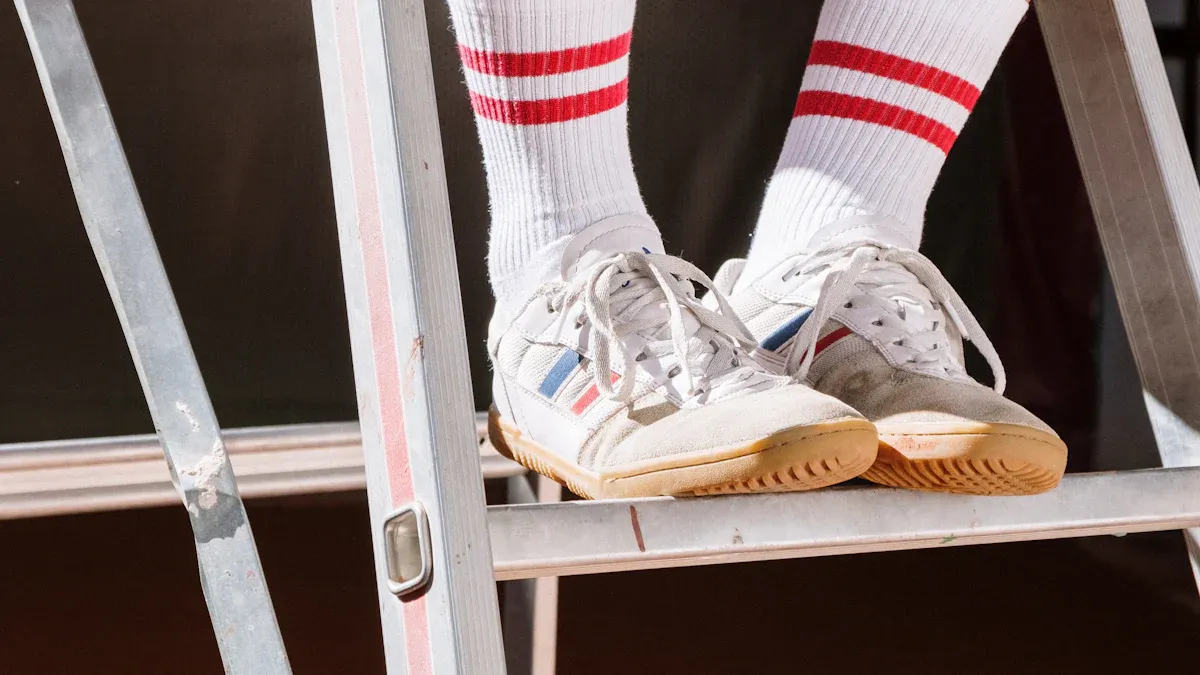
Conclusion
Choosing between hiking socks and gym socks depends on your activity and what your feet need most. Hiking socks excel in durability, cushioning, and moisture-wicking, making them perfect for outdoor adventures. Gym socks, on the other hand, shine in breathability and flexibility, ideal for high-intensity workouts.
| Sock Type | Key Features | Market Demand Insights |
|---|---|---|
| Hiking Socks | Moisture-wicking, cushioning, arch support | Increased demand due to outdoor activities and performance needs of hikers. |
| Gym Socks | Breathable, lightweight, comfort-focused | Growing popularity among fitness enthusiasts seeking specialized features for workouts. |
🧦 Pro Tip: Invest in high-quality hiking socks for rugged trails and gym socks for indoor workouts. Your feet will thank you!
FAQ
What makes hiking socks different from gym socks?
Hiking socks are thicker and more durable. They use materials like Merino wool for cushioning and moisture-wicking. Gym socks, on the other hand, are lightweight and breathable. They focus on flexibility and sweat absorption, making them ideal for high-intensity workouts.
Tip: Choose hiking socks for outdoor adventures and gym socks for indoor activities.
Can I wear gym socks for hiking?
You can, but it’s not recommended. Gym socks lack the cushioning and durability needed for rugged trails. Hiking socks provide better protection against blisters and keep your feet comfortable during long treks.
Are hiking socks suitable for everyday use?
Yes, hiking socks work well for daily wear, especially in colder weather. Their cushioning and moisture-wicking properties keep your feet warm and dry. However, they might feel too thick for casual summer use.
How do I choose the right socks for my activity?
Think about your needs. For hiking, look for socks with cushioning, moisture-wicking, and durability. For gym workouts, prioritize lightweight, breathable options with sweat-wicking features. Matching your socks to your activity ensures comfort and performance.
Pro Tip: Always check the material and fit before buying socks.
Do I need special care for hiking socks?
Yes, wash hiking socks in cold water and avoid fabric softeners. This preserves their moisture-wicking and insulating properties. Air-drying is best to maintain their shape and durability.
🧦 Note: Proper care extends the life of your hiking socks.
Related
1.Why You Should Wear Hiking Socks →
2.Best Material for All-Purpose Socks →
3.Darn Tough Official →
4.Wigwam →
5.Champion official →
